Goth Chick News: Close Encounters – The Week We Made Contact
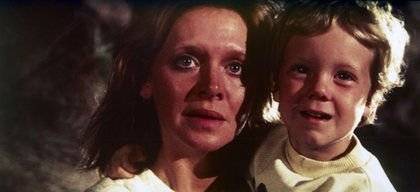 Back in May I told you all about cyber-stalking little Barry Guiler, that adorable little tot from the movie Close Encounters of the Third Kind (now apparently referred to as CE3K by you unbelievably cool kids).
Back in May I told you all about cyber-stalking little Barry Guiler, that adorable little tot from the movie Close Encounters of the Third Kind (now apparently referred to as CE3K by you unbelievably cool kids).
I also let you know that though at the time I had turned up a fat lot of nothing in my attempt to contact Barry, who is Cary Guffey in real life, something told me I was eventually going to meet with success. I mean, what little I had read about Cary seemed to point to him being a nice normal guy, which by default meant he was likely the opposite of that other child actor I tried to interview who by all on-line accounts is a bit of a tool.
So for three weeks I busied myself rearranging my voodoo dolls and abusing my new crop of interns, all the while hoping for pay dirt in the form of an email from Cary. So I would be spared from looking like a hopeless poser who spends a lot of time writing about great interviews, without ever closing escrow.
Well, today I am here to tell you that though I may indeed be a grade-A cyber stalker, I am definitely NOT a poser.
Cary Guffey did get in touch and he is indeed a nice guy; actually a really nice guy with a great sense of humor. And since none of you believed I’d end up interviewing him and therefore didn’t send in any insightful and provocative questions, I was forced to make up my own.
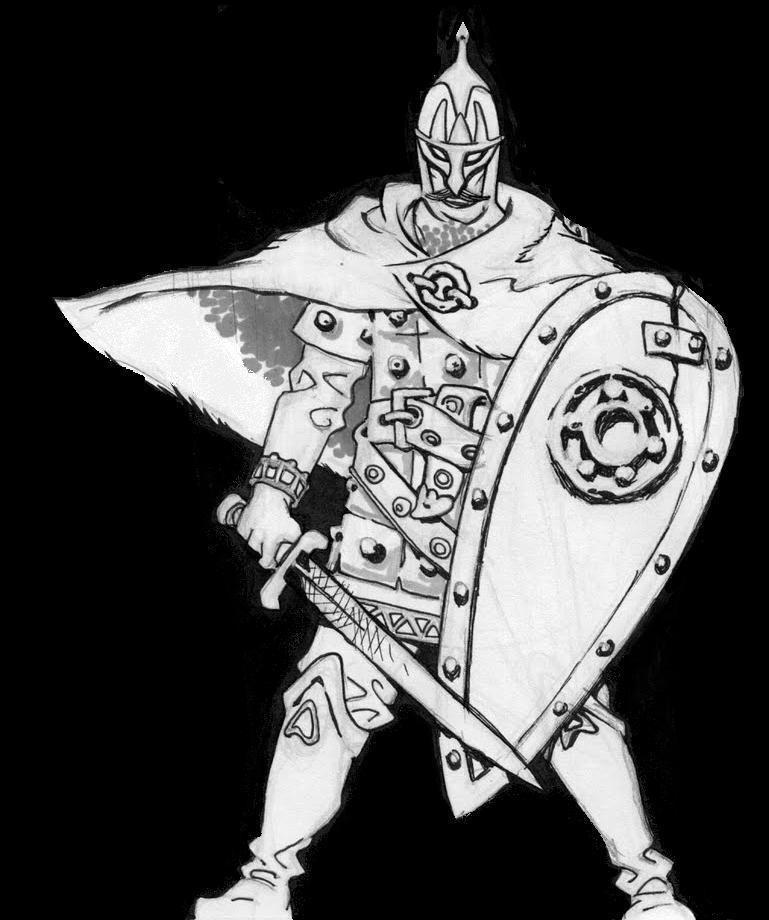
 The Smoking Land
The Smoking Land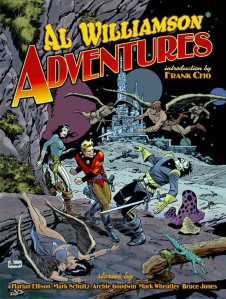 Al Williamson, one of the finest science fiction artists of all time, died yesterday in New York City.
Al Williamson, one of the finest science fiction artists of all time, died yesterday in New York City.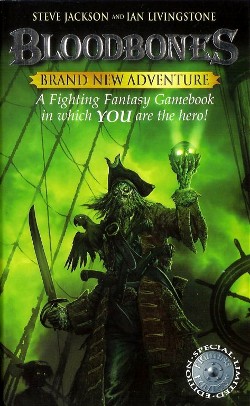 Bloodbones
Bloodbones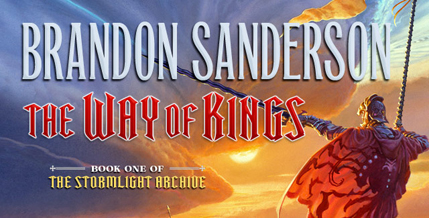 Tor.com has put the first
Tor.com has put the first 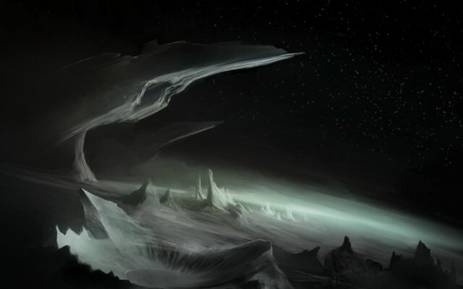
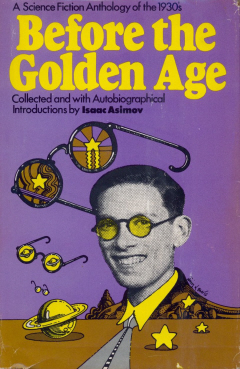 Kim Patrick Weiss, of Bavaria, Germany, writes:
Kim Patrick Weiss, of Bavaria, Germany, writes: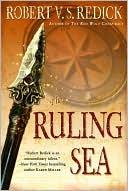 Right now, I’m about a quarter of the way into
Right now, I’m about a quarter of the way into 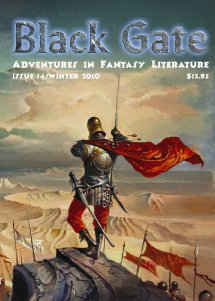 Author Sherwood Smith, who has reviewed virtually every issue of Black Gate, shares her thoughts on our
Author Sherwood Smith, who has reviewed virtually every issue of Black Gate, shares her thoughts on our